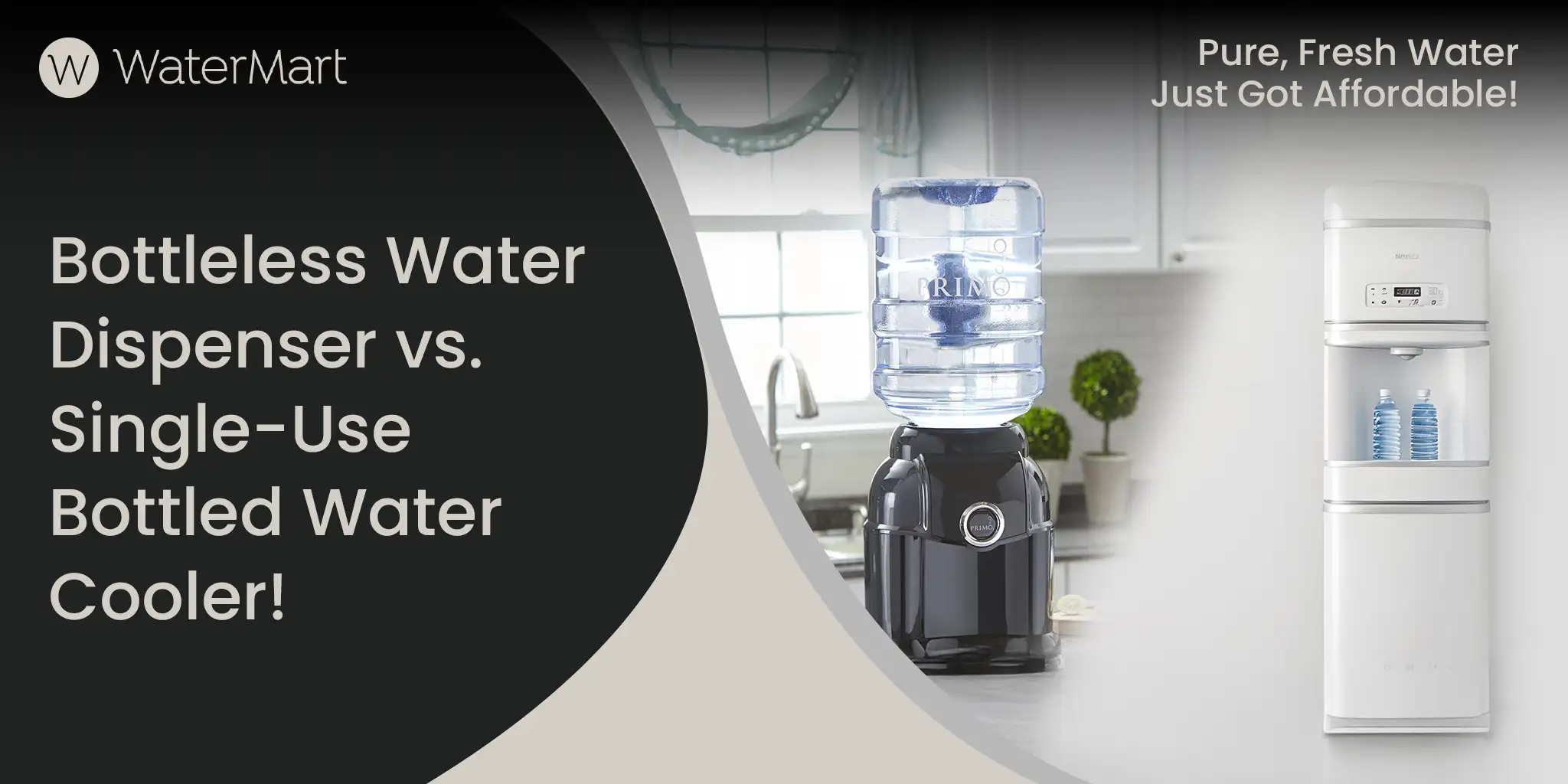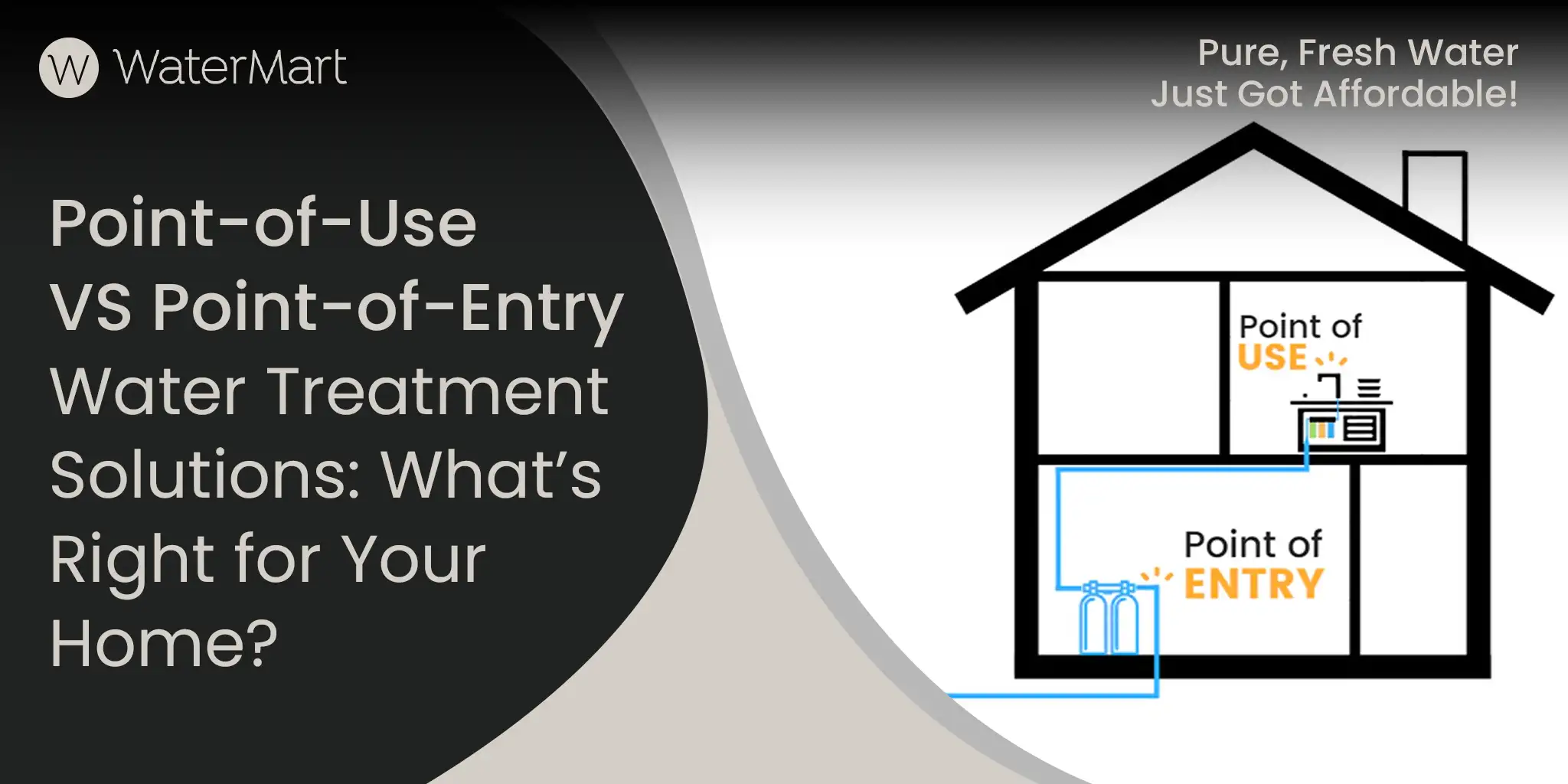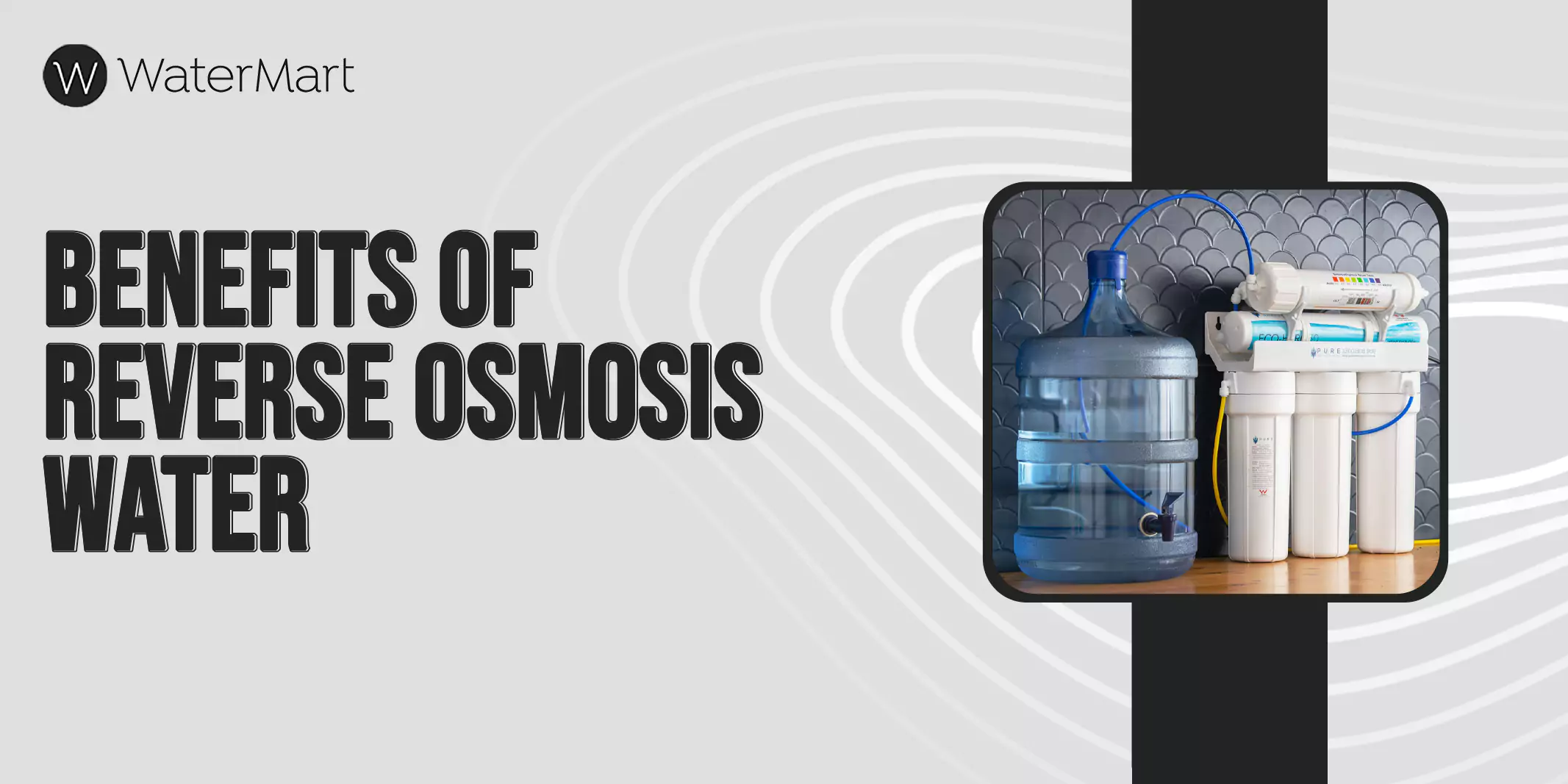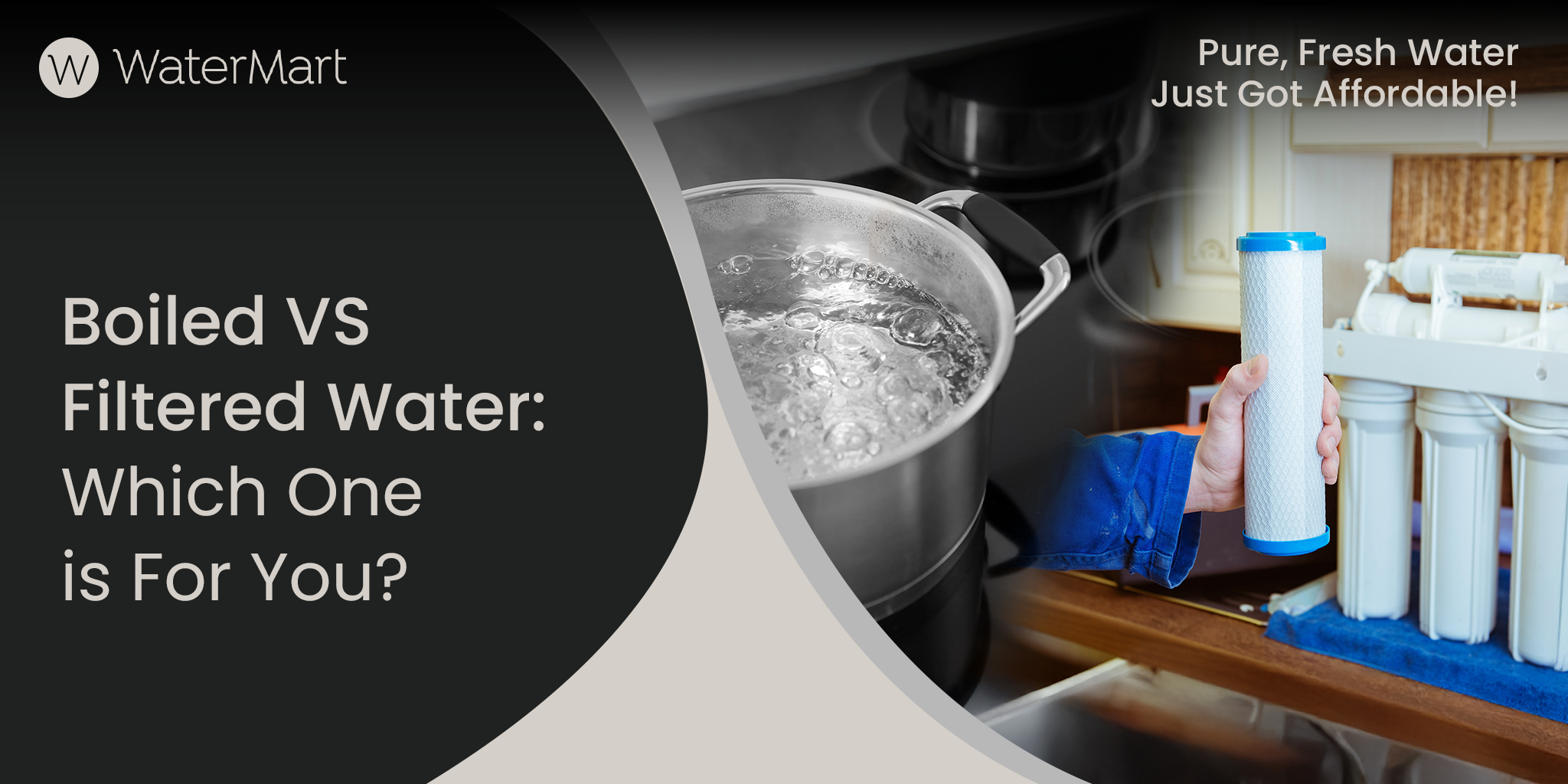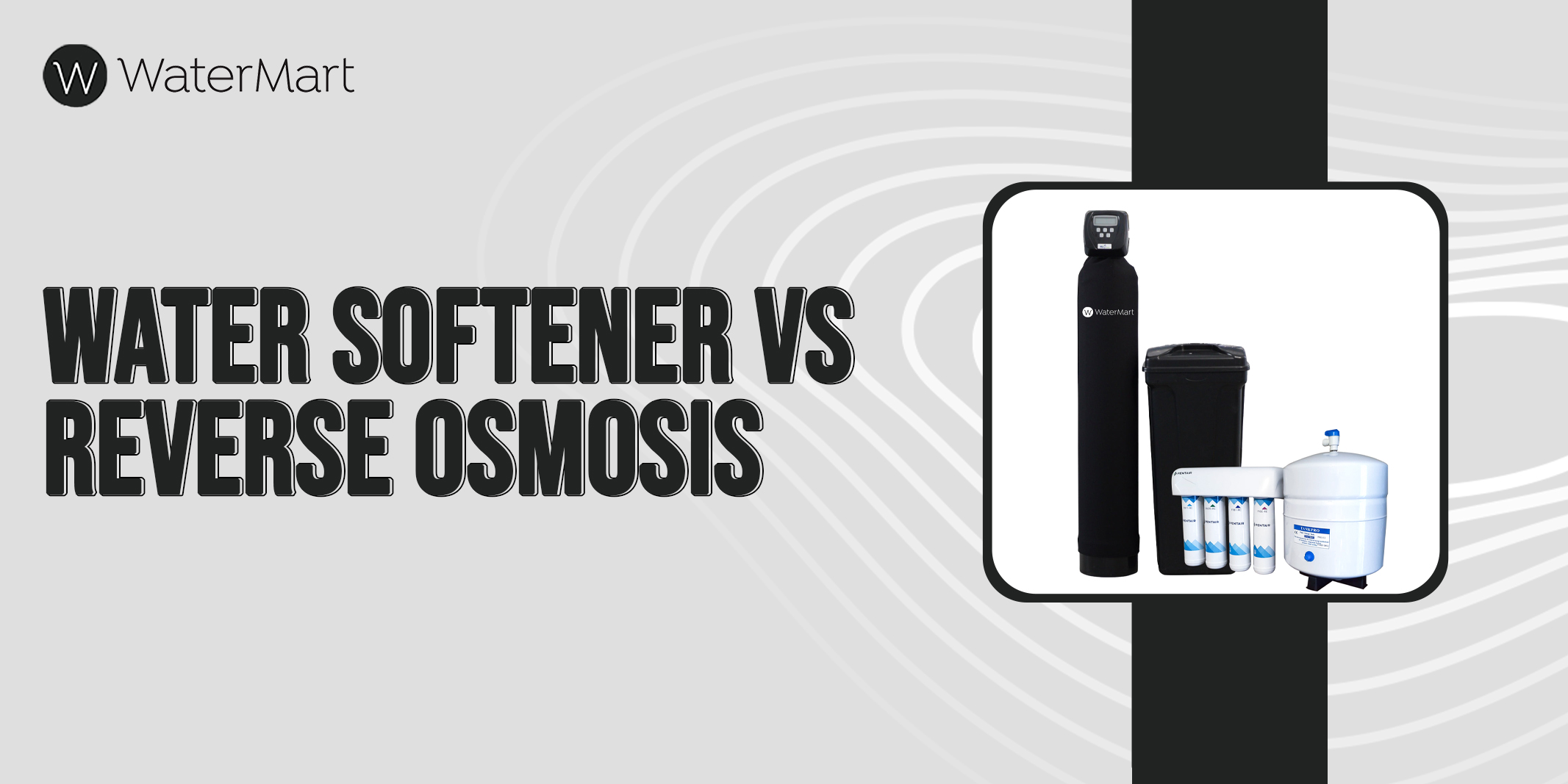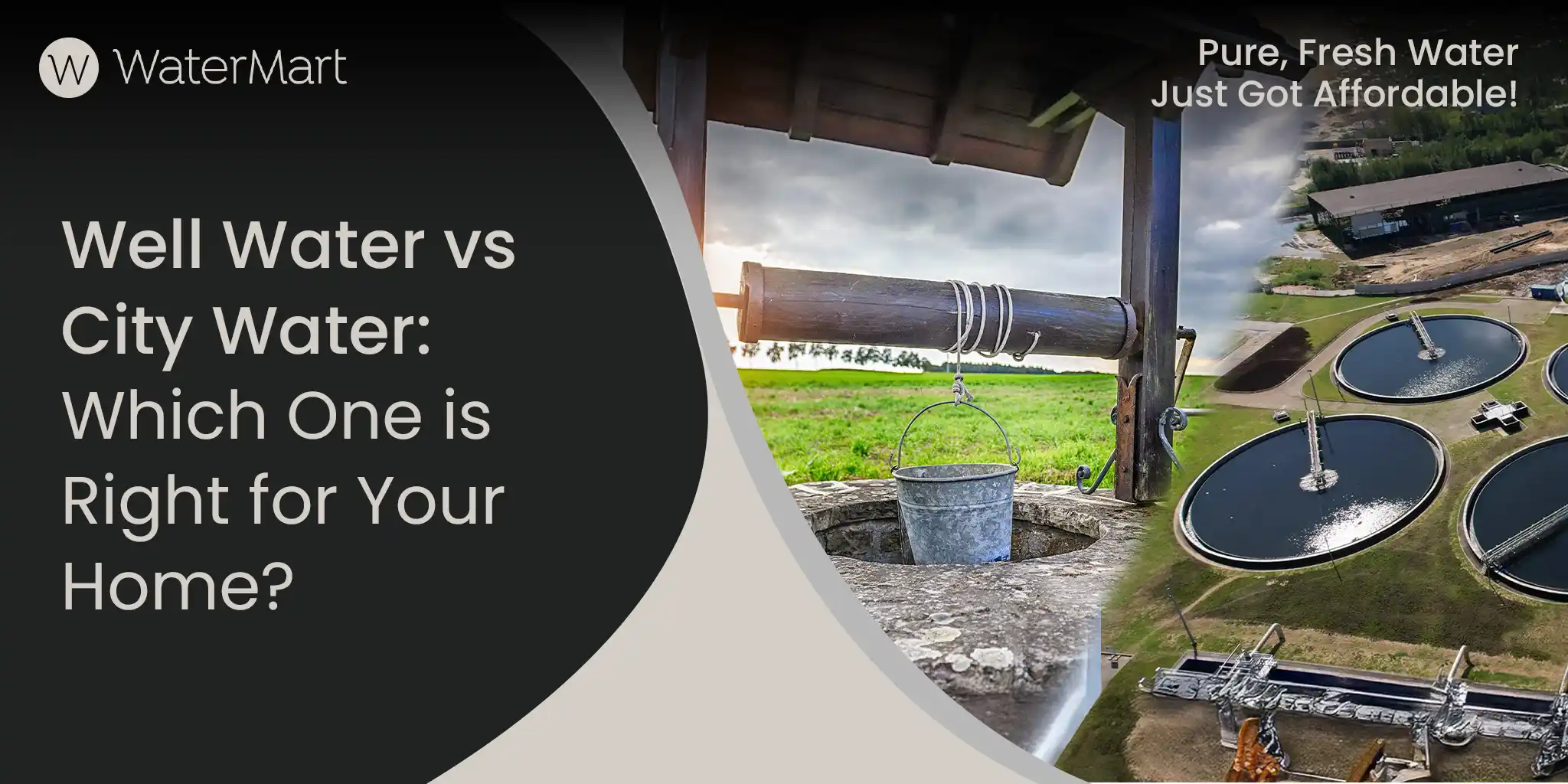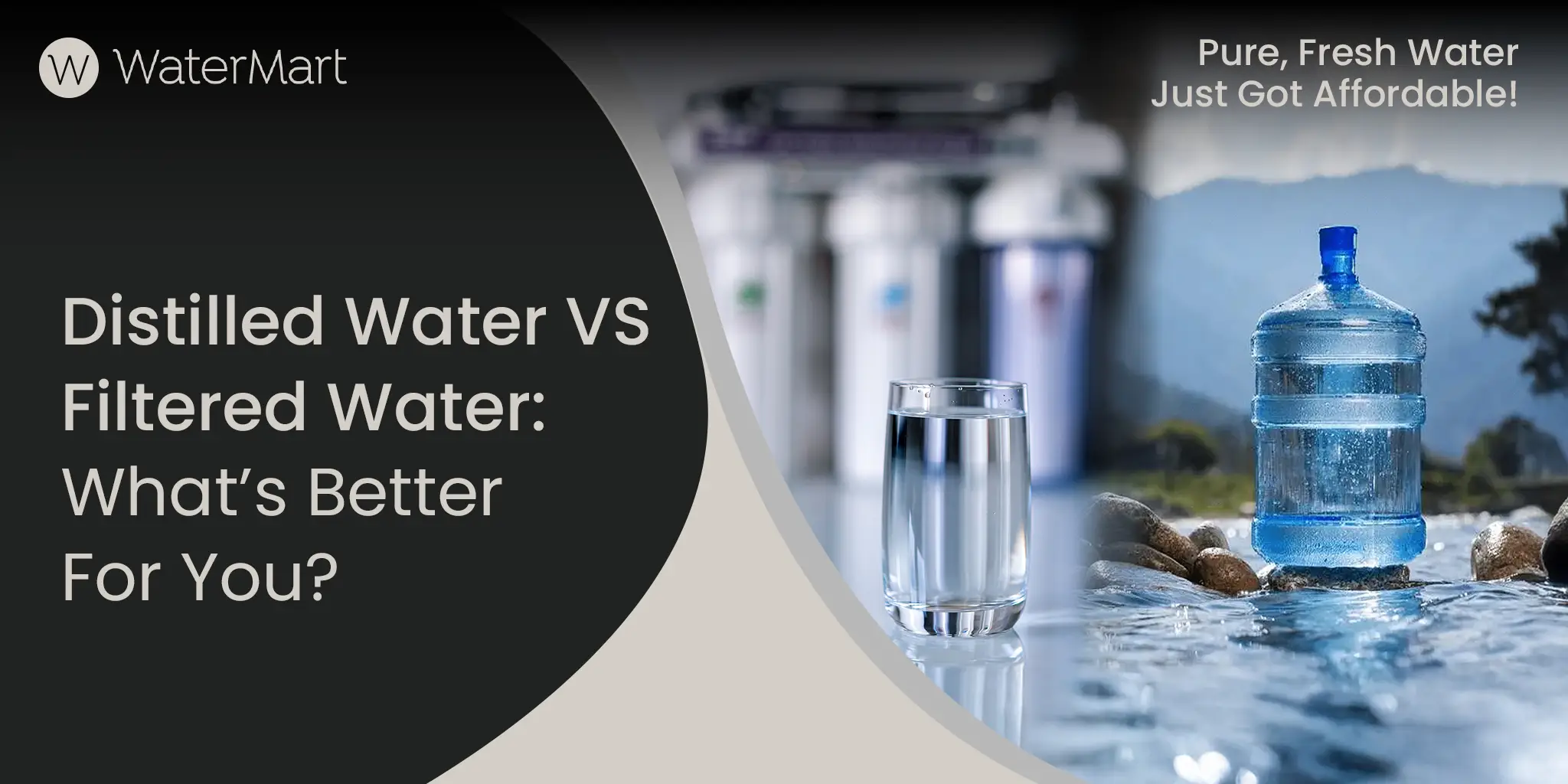Your cart is currently empty!
Bottleless Water Dispenser vs. Single-Use Bottled Water Cooler: Selecting the Best System for Your Home!
Proper hydration is a must for good health, clear thinking, and productive workflows. There’s also the matter of water cleanliness and taste, whether we’re at home or in a workplace. Water cooler breaks are refreshing and help in building connections with coworkers, so let’s consider more convenient and sustainable options for daily water consumption.
In Canada alone, around 3.1 billion liters of bottled water were consumed in the last decade. With mounting concerns about limiting plastic waste and carbon footprints, it’s logical to look at a Bottleless Water Dispenser vs. a Single-Use Bottled Water Cooler when we choose water systems. These are two of the most popular options available right now, each with some benefits and downsides as well.
Here’s a breakdown of what each system has to offer:
| Bottleless Water Dispenser | Single-Use Bottled Water Cooler | |
| Source | Direct connection to the water supply | Pre-filled plastic bottles or jugs, usually ranging from a 3 to 5-gallon capacity |
| Sustainability | Eco-friendly; reduces plastic waste and transportation | Generates plastic waste; higher carbon footprint |
| Cost Over Time | Higher upfront cost, lower ongoing costs. Fixed utility and filtration fees. | Fixed costs for water bottle deliveries, and additional electricity costs for hot and cold water. |
| Maintenance | Might be self-cleaning or require infrequent sanitizing, plus regular filter changes | Regular bottle replacement, cooler cleaning, in addition to annual miscellaneous repairs |
| Water Quality | Inbuilt water filtration (multi-step, carbon, RO, etc.) | Fairly consistent, depending on the water source |
| Convenience | Consistent, unlimited water straight from the source, no extra storage or heavy lifting required. Might require professional installation | Relatively easy setup, but manual water bottle replacement is frequently required. |
| Ideal Use Case | Large or medium-sized workspaces, gymnasiums, ‘green’ facilities, schools | Small temporary setups, an office with a limited staff, and low-traffic spaces |
What Is a Bottleless Water Dispenser?
A bottleless water dispenser or cooler is an alternative to the traditional water dispensers in offices and homes. Through more advanced technology, it gives office workers and other users flexibility and filtration that they didn’t have before. Here’s how the bottleless water dispenser is a convenient solution for your water-drinking needs:
How Does It Work?
The bottleless water cooler connects to the main water line of the place, with an inbuilt treatment solution such as a carbon filter or a reverse osmosis system, making sure the water has no harmful sediment or other form of pollution inside it. It will dispense cold water for drinking as well as hot water for making tea and coffee.
Installation & Setup
A POU (Point of Use) water system requires plumbing access. Its location might be on a specific wall, next to a tap, or under the sink. If you’ve ever tackled the installation of an under-sink water filter, this should feel somewhat familiar.
You can try the DIY route with certain bottleless cooler models. For this, turn off the main water supply first and find your cold water line. Then, use a T-valve to direct water into the cooler system. Secure food-grade tubing from this valve to the filtration setup and then to the water inlet. Finally, mount the cooler on a wall or any other stable area. After turning the water supply on again, check for leaks by flushing the filter. Plug the unit in and test for hot and cold water after some time.
Some bottleless units may require professional installation. Water treatment experts like our team will ensure that the sealing and plumbing are done properly. Once the unit is ready, however, it will require minimal setup; you may only have to choose the relevant mode and/or temperature when needed. There are also some plug-and-play units that the customer may set up themselves.
A filtration system is placed inside the unit that’s integrated with the dispenser. The smart technology is usually paired with screens that display the water temperature, filter status, volume control, etc.
Water Quality & Filtration
When you consider the features of bottled water vs water dispensers, remember that water quality is a major consideration. Unlike a regular bottled water dispenser, bottleless dispensers provide a high quality of water due to the inbuilt filtration setups.
There might be several stages of filtration, including sediment filters and carbon filters. Other systems may include UV or reverse osmosis for removing choline, odors, and other hazards from the water supply. If you are unsure about the safety or taste of your tap water, schedule a free water test from our experts. No matter how many pours or mugs of water you get in a day, it’s always fresh and filtered. While the quality enhancement will depend on how well you maintain the unit and its filter type, most units produce a fairly reliable output.
If you’re looking for the best bottleless water filtration systems for offices, WaterMart has some of the top options in stock! With our range of bottleless water coolers, you’ll have an environmentally friendlier water dispenser and perhaps a more efficient workday.
Costs & Long-Term Value
When deciding between a traditional water cooler vs. a water dispenser with bottleless features, money is an important factor. On average, bottleless dispensers may cost anywhere from $300 to more than $1,000. It’s a higher cost than the usual plastic water bottle dispenser, but you also save on purchasing additional water bottles for several years. There will be annual maintenance charges, but they’ll probably add up to just $100 to $300 overall.
With consistent use, bottleless water dispensers may reduce a company’s carbon footprint. With less bottle transportation, there will be fewer harmful emissions into the environment. Less plastic packaging and fewer bottles will be in use, resulting in less unnecessary waste. Several modern POU water units also have energy-efficiency settings or motion sensors, which limit electricity usage.
Ideal Use Case
Bottleless water dispensers can be ideal choices for large or medium-sized setups for offices, gymnasiums, large family homes, schools, or any place where water is utilized in a consistent and high volume.
Advantages of a Bottleless Water Dispenser!
A bottleless water dispenser can provide many benefits for your home or company. Let’s have a look at some of them now:
- Unlimited Water: Water bottles empty fast during the summer; with an unlimited supply through a bottleless dispenser, there’s no need to wait for reloading or refilling.
- Built-in Filtration: You may expect clean and safe water each time with the antimicrobial filtration systems. Plus, the water is more likely to taste great each time!
- Cost-Effective Over Time: The bottleless systems save money in the long run, with no additional bottles to buy and no delivery charges to pay
- Minimal Maintenance: You may only have to pay for basic cleaning and a couple of filter replacements throughout the year.
- No Hassle: After the setup, you can rest easy and enjoy clean water without the inconvenience of carrying large bottles, storing them, etc.
What Is a Single-Use Bottled Water Cooler?
While bottleless water dispensers are a worthy choice, it’s only fair to also talk about the traditional bottled water cooler option. These coolers use pre-filled water bottles that supply a standalone dispenser unit. The bottles might be placed on top of or under the dispensing spigots and require manual replacement when empty.
How Does It Work?
There’s no plumbing needed when setting up a bottled water cooler. For top-load units, you put the sealed jug upside-down on the unit. The dispenser’s bottle probe will break the seal. Gravity plus suction will do the rest, drawing the water into a reservoir where it’s cooled or heated.
Installation & Setup
While the unit won’t need any plumbing connection, a power outlet should be nearby. You’ll need this to plug in the unit so that it can use electricity to heat or chill water. However, you may need to reserve some storage space for extra water bottles.
Water Quality & Filtration
The water quality in bottled water dispensers will depend on your supplier. Most water delivery companies do make sure to have some filtration system in place, so you might be able to fulfill safety standards this way.
Costs & Ongoing Requirements
The initial cost of a dispenser using bottled water vs a water dispenser without bottles is relatively low. The suit may cost only $100 to $300 or slightly more. However, there are recurring costs of bottle deliveries. With the prices being $5-$10 for a 5-gallon bottle, the costs can add up. Of course, there’s no telling when the prices will go up even further, adding to your daily costs.
Monthly maintenance costs may vary according to unit quality and usage. They will include cleaning services and perhaps some part replacements. Plus, the user will be responsible for lifting, loading, and storing the large bottles. In such situations, it’s best to look up how to remove a full water bottle from a water cooler in the safest manner.
Ideal Use Case
Single-use bottled water dispensers might still be ideal for certain setups, especially if they aren’t permanent. For instance, a company may require a bottled water dispenser unit at their stall during an event. A temporary office space may also require the same. If a space doesn’t have ready access to a plumbing outlet, a bottled cooler might be the only viable option.
Why Single-Use Bottled Water Cooler Isn’t the Right Option?
With the technology we now have, it seems like single-use bottled water coolers are on their way out. Here are some reasons why they might not be the best option:
- Ongoing Recurring Cost: Apart from the cost of the unit, there are frequent recurring costs of new water bottles, refills, maintenance, and more.
- Plastic Waste Contribution: By using more plastic bottles, you’re contributing to waste and carbon emissions.
- Storage and Clutter Issues: Extra water bottles take up a lot of space and can look unsightly–they can also be safety hazards.
- No Additional Filtration: The water quality from the supplier is all you get; there’s no chance of further cleaning or quality enhancement from a bottled unit.
- Delivery Dependency: Not only do you have to pay for the delivery of extra water bottles, but there’s always a chance of mishaps. At some point, the service may not be able to deliver because of supply issues, inclement weather, or some other factor; in such cases, you’re stuck without a drinking water supply.
Upgrade to WaterMart’s Bottleless Water Coolers!
There is no two-way about it; bottleless water coolers are the future, and they’re here to stay! If you’re ready to ensure a steady supply of clean and delicious water for your home/workspaces, now is the time to act. With a WaterMart system in place, you’ll enjoy convenience along with excellent long-term value.
Conclusion
Selecting a bottleless water dispenser vs a single-use bottled water cooler might be a no-brainer for certain setups. Before making any final decisions, though, think about the water usage and budget you have, along with any other major priorities.
While bottleless water dispensers are more cost-effective, sustainable, and convenient, bottled dispensers are portable and easier to use. For homes and offices with higher water consumption, bottleless is probably the best option. Ultimately, the water system you go with will depend on a number of factors. Reach out to WaterMart today and let’s discuss them before selecting a unit!
